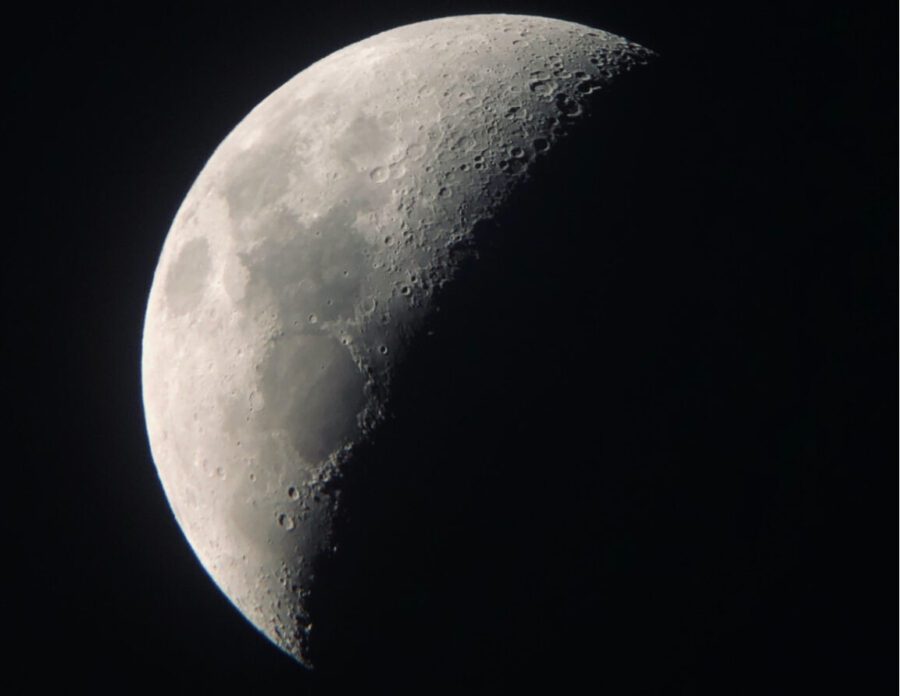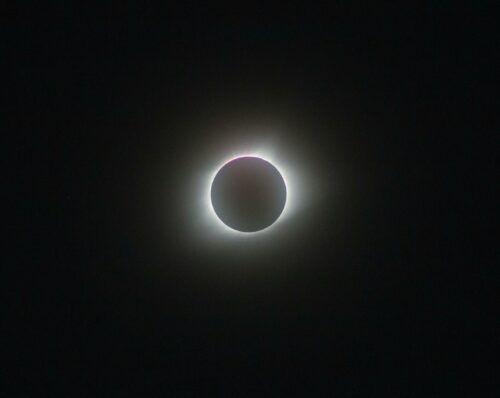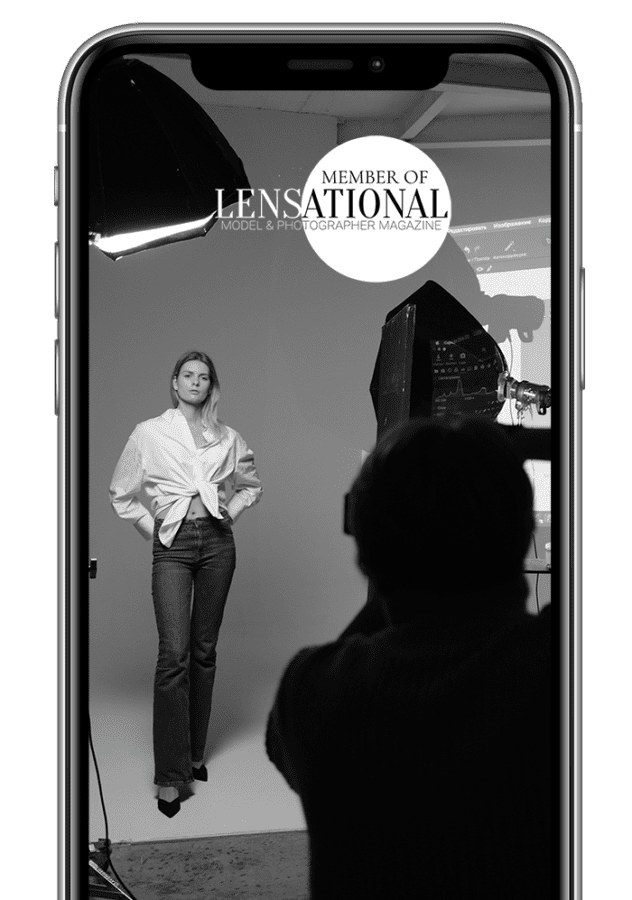One of the most captivating and awe-inspiring subjects to photograph is the moon. The moon is a fascinating celestial object that has captivated humans for centuries. Photographing the moon is a unique and rewarding experience that requires some knowledge and preparation. In this ultimate guide, I will share with you everything you need to know to capture stunning photos of the moon.
- Introduction to Moon Photography
- Understanding the Moon’s Phases and Positions
- Essential Equipment for Moon Photography
- Best Telephoto Lens for Moon Photography
- Best Tripod for Moon Photography
- Camera Settings for Moon Photography
- Shooting Techniques for Moon Photography
- Common Mistakes to Avoid in Moon Photography
- What Is The Looney 11 Rule?
- Conclusion
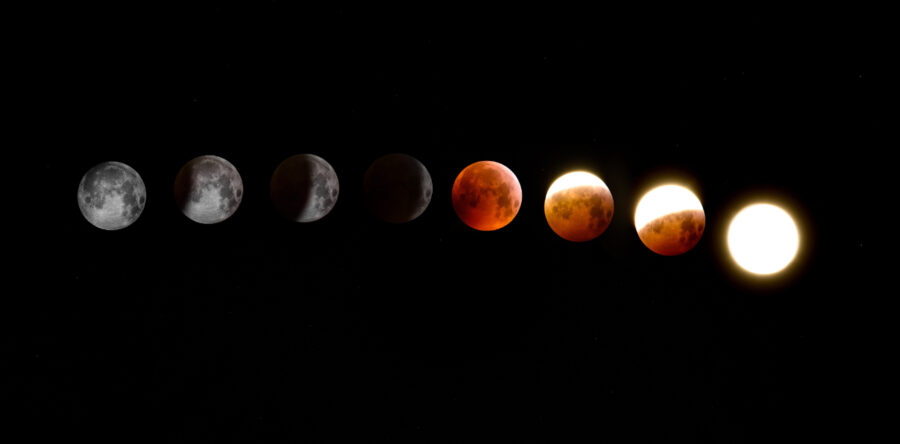
Introduction to Moon Photography
Moon photography is a specialized type of photography that requires some knowledge and skill. The moon is a fascinating subject to photograph because it changes shape and position in the sky throughout the month.
Capturing the beauty and mystery of the moon in a photo can be a rewarding experience. However, it can also be challenging, as the moon is a relatively small and distant object. With the right equipment, camera settings, and shooting techniques, you can take stunning photos of the moon.
Understanding the Moon’s Phases and Positions
Before you start photographing the moon, it’s essential to understand its phases and positions in the sky. The moon goes through eight phases during its 29.5-day cycle.
The most popular phases for moon photography are the full moon and the crescent moon. The full moon is the easiest to photograph, as it is the brightest and most visible phase. The crescent moon is more challenging to photograph because it is less bright and requires more precise camera settings.
The position of the moon in the sky also affects how it appears in your photos. The moon rises and sets at different times each day, and its position in the sky changes throughout the month.
The best time to photograph the moon is during its rise or set, as it appears larger and more dramatic on the horizon. The moon’s position in the sky also affects the angle of the light that hits it, creating different shadows and highlights on its surface.
Apps For Planning Moon Photography:
Windy – for weather predictions,
PhotoPills – for timing and aligning,
Google Earth – for location and feature scouting,
Sky Guide – for accurate locations for objects in the night sky,
Light Pollution Map – for exploring areas with less light pollution,
Dark Site Finder – for locating a dark sky area near you,
Dark Sky Website – for locating a dark location near you,
SunSurveyor – the interface of this app focuses on visualization rather than raw data, which can be extremely useful,
DeluxeMoon – this app visually defines the amount of light the moon will be reflecting in the sky. It also helps you check whether the chosen time of your photo shoot corresponds to the moon’s cycles.
Essential Equipment for Moon Photography
To take stunning photos of the moon, you need the right equipment. Here are some essential items you need for moon photography:
A camera with manual mode
Moon photography requires a camera that allows you to adjust the settings manually. A camera with manual mode gives you control over the aperture, shutter speed, and ISO, which are crucial for capturing the moon’s details.
A telephoto lens
A telephoto lens is essential for moon photography because it allows you to zoom in and capture the moon’s details. A lens with a focal length of at least 200mm is recommended for moon photography.
A sturdy tripod
A sturdy tripod is necessary for moon photography because it keeps your camera steady and reduces camera shake. A tripod also allows you to adjust the camera’s angle and composition easily.
A remote shutter release
A remote shutter release is a useful accessory for moon photography because it allows you to take photos without touching the camera. This reduces camera shake and helps you capture sharper photos.
Best Telephoto Lens for Moon Photography
When it comes to capturing the moon in all its glory, a good telephoto lens is an absolute must-have. But with so many options available in the market, how do you decide on the best telephoto lens for moon photography? Well, fear not because we’ve got you covered.
Sigma 150-600mm f/5-6.3 DG OS HSM Contemporary Lens
One of the top contenders for the title of the best telephoto lens for moon photography is the Sigma 150-600mm f/5-6.3 DG OS HSM Contemporary Lens. This lens offers a great balance between image quality and affordability.
With its large zoom range, you can easily capture the moon in all its phases and get up close and personal with the craters and mountains on its surface. The lens also features Sigma’s Optical Stabilization (OS) technology, which helps reduce camera shake and ensures sharp images.
Canon EF 100-400mm f/4.5-5.6L IS II USM Lens
Another great option for moon photography is the Canon EF 100-400mm f/4.5-5.6L IS II USM Lens. This lens is a bit more expensive than the Sigma option, but it offers incredible image quality and sharpness.
The lens also features Canon’s Image Stabilization (IS) technology, which helps minimize camera shake and ensures sharp images even at slower shutter speeds. With its long focal length and fast autofocus, this lens is a great choice for capturing the moon and other celestial objects.
Nikon AF-S NIKKOR 200-500mm f/5.6E ED VR Lens
If you’re looking for something even more powerful, the Nikon AF-S NIKKOR 200-500mm f/5.6E ED VR Lens is a great option. This lens offers an impressive zoom range and features Nikon’s Vibration Reduction (VR) technology, which helps reduce camera shake and ensures sharp images.
The lens is also relatively compact and lightweight, making it easy to carry around on your moon photography adventures.
Best Tripod for Moon Photography
One of the most critical pieces of gear for moon photography is the tripod. A solid tripod is essential for keeping your camera stable, minimizing vibrations, and allowing you to take long-exposure shots without blur.
First on the list is the Manfrotto MT055CXPRO3. This tripod is a favorite of professional photographers and is known for its durability and stability. It’s made of carbon fiber, making it lightweight but sturdy, and has a load capacity of up to 19.8 pounds.
The MT055CXPRO3 also features a center column that can be adjusted to multiple angles, allowing for versatile shooting positions.
Gitzo GT1545T Series 1 Traveler
Next up is the Gitzo GT1545T Series 1 Traveler. This tripod is ideal for photographers who need a lightweight and compact option for travel. It’s made of carbon fiber and weighs just 2.2 pounds, making it easy to carry in a backpack or suitcase.
Despite its small size, the GT1545T can support up to 22 pounds, making it a robust choice for moon photography.
AmazonBasics 60-Inch Lightweight Tripod
For those on a budget, the AmazonBasics 60-Inch Lightweight Tripod is a great option. This tripod is affordable, lightweight, and easy to use. It has a load capacity of up to 6.6 pounds and features a quick-release plate for easy camera attachment.
While it may not be as durable or sturdy as some of the more expensive options on this list, it’s a solid choice for beginners or those looking for a backup tripod.
Camera Settings for Moon Photography
It is crucial to have the right camera settings to capture the perfect shot.
Manual mode
Firstly, you need to set your camera to manual mode. This will give you complete control over the exposure, shutter speed, and aperture.
ISO
Next, adjust your ISO setting to a low number, such as 100 or 200. This will help reduce any noise in your photos and give you a clearer image of the moon.
Shutter Speed
A slower shutter speed will allow more light to enter the camera, resulting in a brighter image. However, too slow a shutter speed can cause blur in the image due to the moon’s movement. Therefore, a shutter speed of 1/125 seconds or faster is recommended.
Aperture
Next, set the aperture to the lowest possible value to get a shallow depth of field. It is essential to note that the aperture setting may vary depending on the lens you are using. A wide-angle lens will require a smaller aperture, while a telephoto lens will need a larger aperture.
Focusing mode
Set your camera to manual focus mode and adjust it until the moon appears sharp and clear. It is recommended to use Live View mode to ensure accurate focusing. Use a remote shutter release to avoid camera shake while taking the shot.
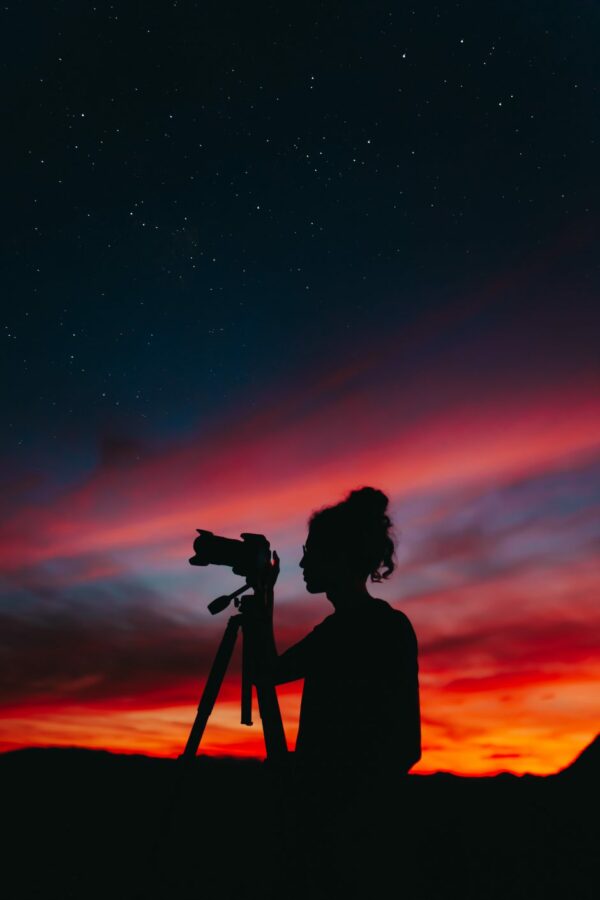
White balance
The white balance setting is essential in moon photography. You can set it to the auto mode, but it is better to set it to the daylight or tungsten mode. This will help to capture the moon’s natural colors accurately.
RAW format
Shooting in RAW format gives you more flexibility when editing your photos.
Example:
Image Format: RAW
Camera Mode: manual mode,
ISO: 100,
Aperture: f/11,
Shutter Speed: 1/125,
Lens Focus: Manual focus,
Image Stabilization: Turn it off, since you are shooting from a tripod.
Shooting Techniques for Moon Photography
To capture stunning photos of the moon, you need to use the right shooting techniques. Here are some essential shooting techniques for moon photography:
Bracket your shots
Bracketing your shots involves taking multiple shots at different exposures. This technique helps you capture the moon’s details without overexposing or underexposing the image.
Use the rule of thirds
The rule of thirds is a composition technique that involves dividing the frame into thirds and placing the subject on one of the intersections. This technique creates a more balanced and visually appealing photo.
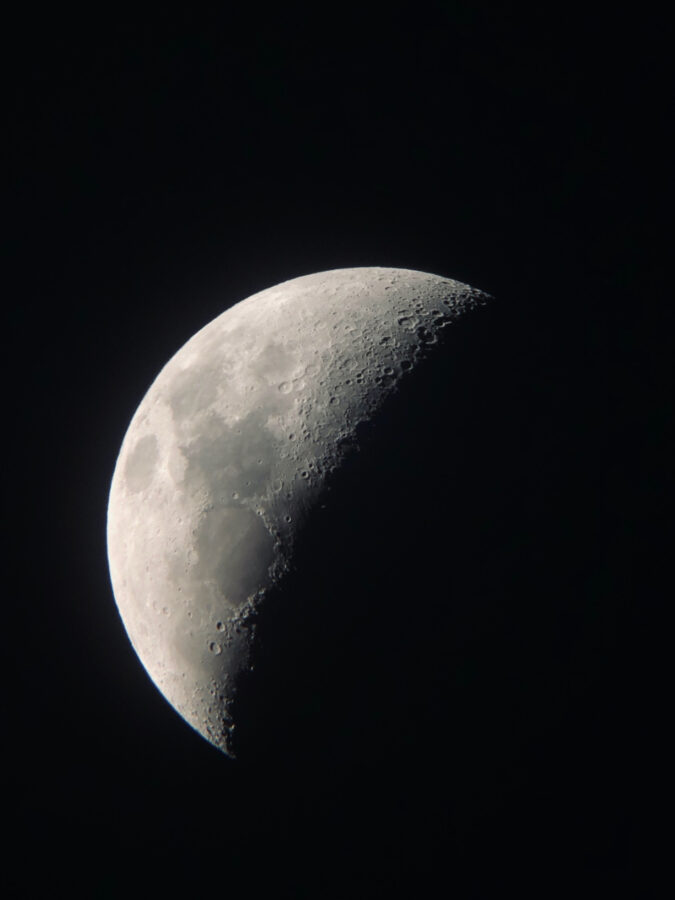
Common Mistakes to Avoid in Moon Photography
Here are some common mistakes to avoid in moon photography:
Using the wrong camera settings
Using the wrong camera settings can result in blurry or overexposed photos.
Not using a tripod
Not using a tripod can result in camera shake and blurry photos.
Shooting during the wrong phase or position
Shooting during the wrong phase or position can result in a less visually appealing photo.
Over-editing your photos
Over-editing your photos can result in an unnatural look and reduce the photo’s quality.
What Is The Looney 11 Rule?
If you’re an astrophotographer or aspire to be one, then you might have heard of the Looney 11 Rule. But what exactly is this rule, and why is it important for capturing stunning images of the night sky?
Well, to put it simply, the Looney 11 Rule is a guideline for astrophotography that helps you determine the best camera settings for capturing sharp and detailed images of the moon. So, what is the Looney 11 Rule?
It’s a rule that states that when photographing the moon, you should set your aperture to f/11, and your shutter speed and ISO to the reciprocal of your camera’s ISO setting.
For example, if your camera’s ISO is set to 100, then your shutter speed should be 1/100 seconds, and your aperture should be f/11. This rule is called the Looney 11 Rule because it was named after the Looney Tunes cartoon characters who lived on the moon.
The Looney 11 Rule is important because it helps you capture sharp and detailed images of the moon without having to rely on trial and error. By following this rule, you can ensure that your camera settings are optimized for capturing the moon’s details..
Additionally, by setting your aperture to f/11, you can achieve a good balance between depth of field and sharpness, which is important for capturing images that are both aesthetically pleasing and technically sound.
One of the best things about the Looney 11 rule is that it can be used with any camera, whether you’re using a DSLR or a point-and-shoot. It’s also versatile enough to be used in a variety of conditions, including during a full moon or when the moon is only partially visible.
Conclusion
Moon photography is a unique and rewarding experience that requires some knowledge and preparation. Understanding the moon’s phases and positions, essential equipment, camera settings, shooting techniques, and editing tips are crucial for capturing stunning photos of the moon.
By following the tips and techniques in this ultimate guide, you can take amazing photos of the moon and capture its beauty and mystery. So, go out there and capture the moon’s beauty!
